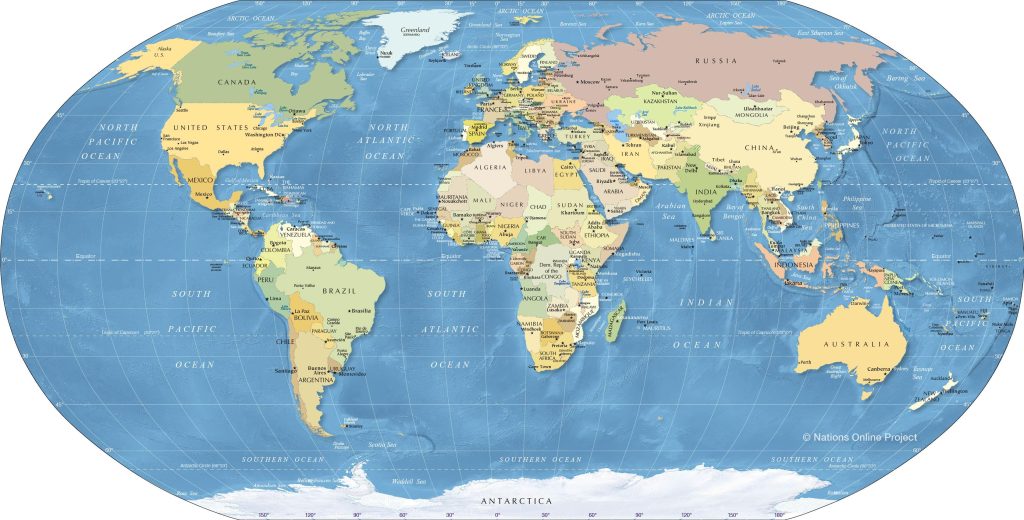As we discussed in the previous post, there are several reasons for Shias’ spread one of which has been already covered. The remaining two will be elaborated on in the following paragraphs.
- Migration
The transnational dimension of Shi‘ism was further extended by global migratory flows after World War II. Shias’ spread started and continued in Western Europe and North America as part of wider Muslim immigration and settlement, whether as part of the labour migration of Pakistanis to Britain, South Asians from East Africa to North America or Turkish Alevis to
Germany, Belgium and the Netherlands. Dominance of Ba’th regime in Iraq from the 1970s onwards, the 1991 Gulf War and the repression of a Shi‘a uprising in its aftermath, and sectarian conflicts in Iraq after 2003 have created a large and influential Iraqi Shi‘a diaspora, in Britain and North America in particular. The 1979 Islamic Revolution in Iran also created a significant Iranian diaspora in Western Europe and North America whose majority is of a Twelver Shi‘a background. Other less known migration trajectories also exist. There is an important Lebanese diaspora in West Africa which also counts Twelver Shi‘ites among its members. Arab migration to South America, in particular from Lebanon ,also helped the process of Shias’ spread,
- Conversion
Conversion is another factor that has led to Shias’ spread. Conversions to Twelver Shi‘ism of Europeans or North Americans of a Christian or secular background is one factor – very often through an initial exposure and conversion to Sufi or Sunni forms of Islam. Equally, conversions of Sunni Muslims to Twelver Shi‘ism can be observed both in minority contexts, such as among Moroccans in Belgium, or among Sunni populations in Africa or Asia.
Taken from SHI‘A MINORITIES IN THE CONTEMPORARY WORLD, MIGRATION, TRANSNATIONALISM
AND MULTILOCALITY, Oliver Scharbrodt and Yafa Shanneik, 2020, EDINBURGH University Press.
